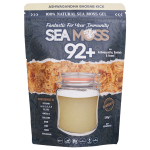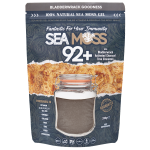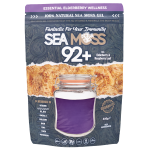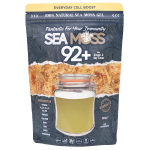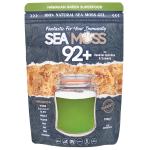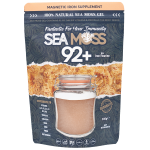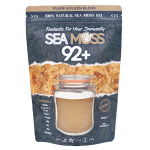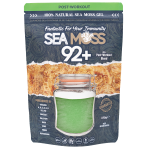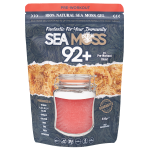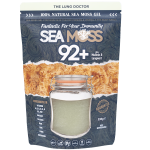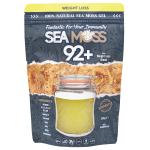VITAMIN E
VITAMIN E
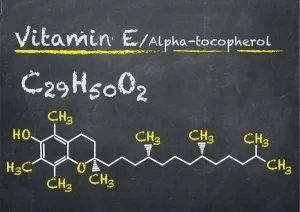
What is vitamin E?
Vitamin E is a fat-soluble vitamin and an antioxidant that plays a crucial role in protecting cells from damage caused by free radicals. It exists in several different forms, with alpha-tocopherol being the most biologically active form in the human body. Vitamin E is found in various foods, including vegetable oils, nuts, seeds, and green leafy vegetables.
Vitamin E has been studied for its potential health benefits. It is believed to have anti-inflammatory and immune-boosting properties. It also helps to maintain healthy skin and hair, supports eye health, and may have a protective effect against certain chronic diseases, such as heart disease and age-related macular degeneration.
A 2021 review of 8 studies demonstrated that vitamin E supplementation had a positive impact on liver health in individuals with nonalcoholic fatty liver disease. It was found to reduce levels of liver enzymes and blood lipids, indicating improved liver function.
Another study in 2021 explored the effects of vitamin E and vitamin C supplementation on pelvic pain and dysmenorrhea in women with endometriosis. The findings revealed that the combined supplementation of these vitamins for 8 weeks resulted in a decrease in the severity of pelvic pain and dysmenorrhea symptoms.
These studies suggest that vitamin E supplementation may have beneficial effects on liver health and the management of pelvic pain in specific conditions. However, it is important to note that individual responses may vary, and it is advisable to consult with a healthcare professional before starting any supplementation.
Vitamins or minerals that enhance the absorption of vitamin E include:
- Vitamin C (Ascorbic Acid): Vitamin C can enhance the absorption of vitamin E when taken together. It helps regenerate vitamin E from its oxidised form, thus prolonging its antioxidant activity. Foods rich in both vitamin C and vitamin E, such as citrus fruits, can provide this beneficial combination.
- Selenium: Selenium is a trace mineral that works in conjunction with vitamin E to protect cells from oxidative damage. Selenium can help regenerate vitamin E and maintain its antioxidant properties.
- Fatty Acids: Vitamin E is fat-soluble, so it is better absorbed when consumed with dietary fats. Healthy fats, such as those found in nuts, seeds, and vegetable oils, can aid in the absorption of vitamin E.
- Phospholipids: Certain dietary phospholipids can also enhance the absorption of vitamin E. Phospholipids are a type of fat found in foods like egg yolks and soybeans.
- Zinc: While zinc itself doesn't directly enhance vitamin E absorption, it plays a role in overall immune function and can complement vitamin E's antioxidant effects in protecting cells.
- Vitamin A: Vitamin A and vitamin E may work together to support immune function and protect against oxidative stress. They are often found together in foods like carrots, sweet potatoes, and spinach.
- Beta-Carotene: Beta-carotene, a precursor to vitamin A, can also work synergistically with vitamin E to provide antioxidant benefits. Foods rich in beta-carotene include carrots, sweet potatoes, and various colorful fruits and vegetables.
Recommended Products
DIVE DEEPER
How much does the body need per day?
Age |
Male |
Female |
|---|---|---|
|
1 to 3 years: |
6µg |
6µg |
|
4 to 8 years: |
7μg |
7μg |
|
9 to 13 years: |
11µg |
11µg |
|
14 to 18 years old: |
15μg |
15μg |
|
19 to 50 years: |
15μg |
15μg |
|
51 years and over: |
15μg |
15μg |
|
During pregnancy: |
|
15μg |
|
Lactation |
|
15μg |



